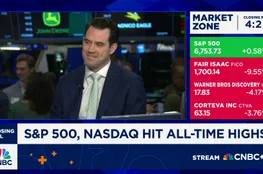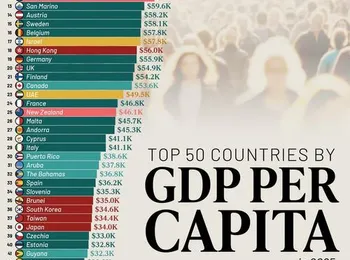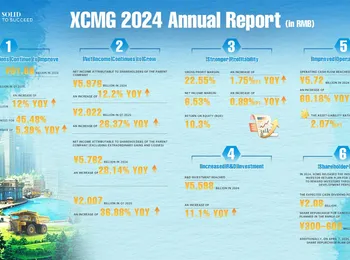Is Eaton Stock a Buy Now? I've owned Eaton ( ETN 0.74% ) since late 2015. It was one of the first stocks I bought after I had a bit of an existential crisis around the way I invested in dividend stocks (I got significantly more conservative, in case you were wondering). It is one of my best-performing investments and the business is top-notch. But would I buy it again today? Eaton shifted gears at the right time. Essentially, the products industrial giant Eaton makes help to move and control power in some form. That includes within cars and trucks, airplanes, and electrical systems of all sorts, from data centers to electrical grids. When I bought Eaton, however, it was still working on integrating a major transformational purchase that materially shifted the business toward managing electricity. Today vehicle end markets account for 14% of revenue (including a small but growing e-mobility business). Aviation makes up another 15% of the top line. The rest is tied to electricity in some form and spread across end markets including data centers (17% of revenue), utilities (11%), commercial and institutional (20%), residential (6%), industrial (12%), and machinery (5%). The business repositioning I bought into has materially benefited Eaton in recent years, noting that revenue has risen nearly 15% over the past five years (through year end 2024) while earnings per share are up 80%. At first blush the revenue advance and the earnings advance doesn't seem to add up. But along the way, Eaton has been focusing heavily on its profitability. So while the top line was rising, its operating margin also improved around 40%, which supercharged the bottom line. Simply put, a lot has been going right for Eaton. Eaton is positioned well for the future. While that's the past, it seems like Eaton is ready to take on the future, too. The markets it serves are all doing reasonably well and its margins have widened. The industrial giant is positioned to take advantage of major power trends, as controlling power in a world that is seeing huge power demand growth has become incredibly important. Notably, the U.S. market is expected to see electricity go from 21% of final energy use to 32% between 2020 and 2030. As a shareholder who has owned the stock for roughly a decade, this is all good news. Indeed, I can't help but believe that the business will prosper in the years ahead. But the company's success hasn't gone unnoticed on Wall Street, with the stock up materially since I bought it. Today the value proposition just isn't as good as when I first jumped aboard. Some numbers will help.
The current price-to-sales ratio is nearly 6 compared to a five-year average of roughly 3.5. The price-to-earnings ratio is 38 versus a long-term average of a bit under 32. And the price-to-book value ratio is 8 today, compared to a five-year average of 4.3. The stock is expensive. ETN data by YCharts. And the risk that the lofty valuation poses to new investors was highlighted earlier in 2025, when the stock lost a third of its value before rebounding back toward all-time highs. I'm not going to sell a well-run company while its business is still growing, so I'm happy to continue owning Eaton’s stock. That includes sticking it out through a drawdown in the stock. But if I were looking for a stock to buy today I probably wouldn't consider buying Eaton. Eaton is a great company, but perhaps not a great investment right now. Benjamin Graham , the man who trained Warren Buffett , often explained that even a great company can be a bad investment if you pay too much for it. Given the lofty valuation Eaton is fetching today, most investors will probably want to keep this great company on their wish list instead of their buy list. As the 33% drawdown earlier in 2025 highlights, the price could very quickly become more attractive if you are patient enough. But prepare now for that possibility or you may not have the resolve to jump in when Eaton is selling off on Wall Street.
























